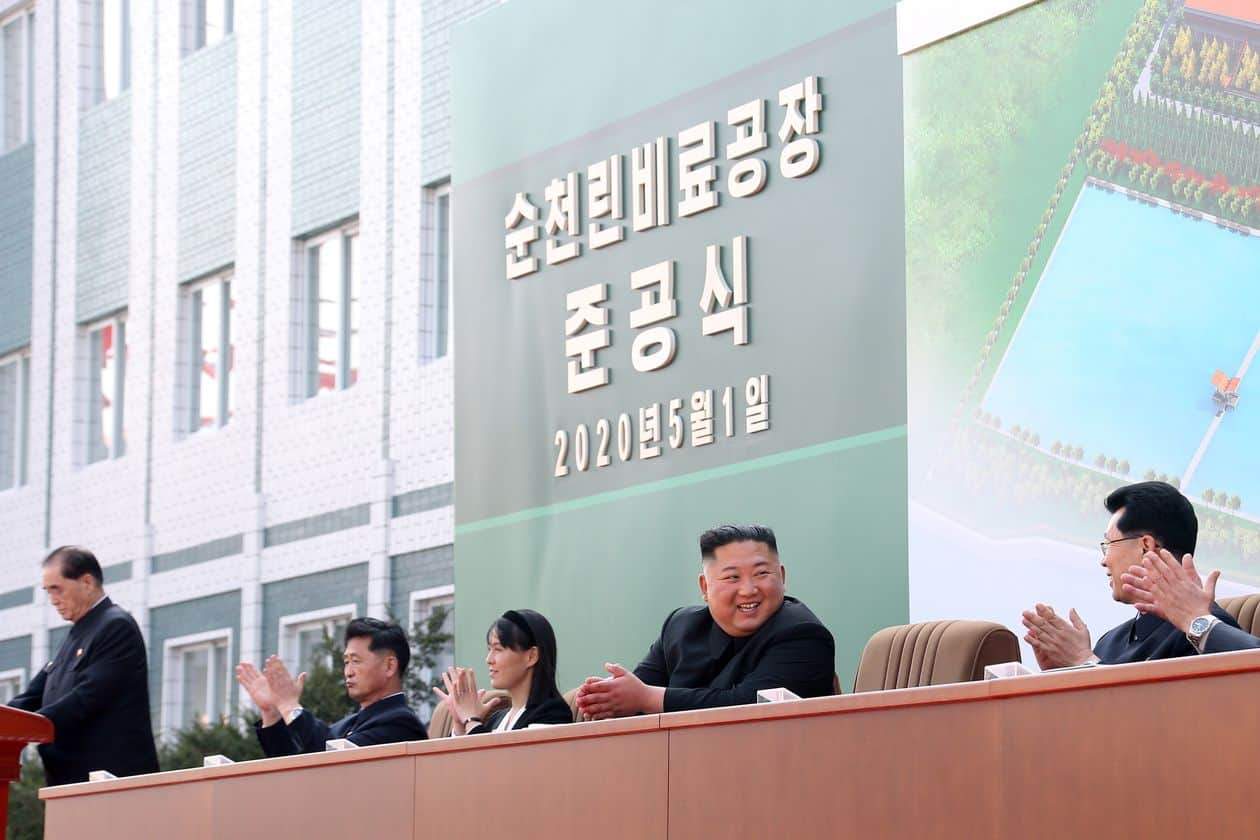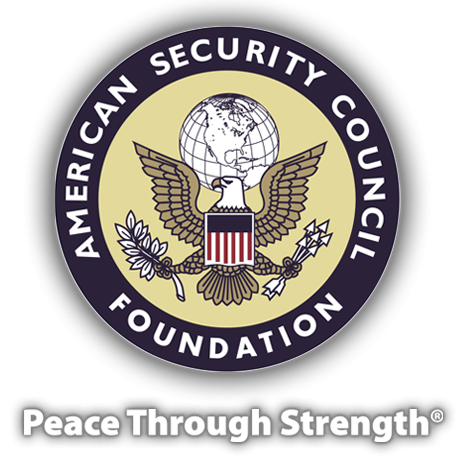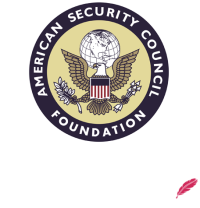Kim Jong Un Disappeared From View, But North Korea’s Problems Never Left

When Kim Jong Un emerged after weeks of questions over his health and whereabouts, the North Korean leader picked a visit to a fertilizer factory as the stage for his public return.
The setting was no accident, South Korean officials and Pyongyang experts said. It was an indication that Mr. Kim is far less focused on the outside world now than the world is on him. He has significant challenges piling up at home.
The regime’s economy appears to be under pressure after closing the border with China, its main benefactor and trading partner, according to Seoul estimates using Beijing’s customs data. Panic buying has strained the food supply. Coronavirus threats continue to persist, leaving the country isolated and alone, even more than normal. And nuclear talks with the U.S. remain tabled, minimizing a shot at sanctions relief.
The North has reshuffled senior political and military leadership in recent months, with Pyongyang’s state media reporting that Mr. Kim dismissed officials over abuse of power, bureaucratic indulgence and corruption. Seoul’s unification ministry said Wednesday it believed Mr. Kim’s personal bodyguard, as well as the head of the country’s spy agency, had been replaced.
“Kim seems laser-focused on internal politics rather than external,” said Duyeon Kim, a senior adviser at the International Crisis Group, a think tank. “He’s a dictator, but he still needs to satisfy his key constituents, the North Korean elites, and continue to show his strength and ability to govern effectively.”
Mr. Kim has, in recent years, spent much of his time on the global stage, meeting with President Trump three times, hosting Chinese President Xi Jinping in Pyongyang and traveling by train to see Russian leader Vladimir Putin. He participated in three inter-Korean summits.
He also outlined a grandiose vision to revitalize the country’s cash-strapped economy. But leaving last year’s nuclear summit in Hanoi without a deal may have forced Mr. Kim to reconsider the timeline for that plan. He began this year by broadcasting a policy speech that implored the nation to acclimate to a life under sanctions.
The Covid-19 pandemic added new pressures. Pyongyang, to much skepticism, has yet to report a single coronavirus case. But the Kim regime has shut itself from the outside world, suspending foreign tourism that has helped prop up the cash-strapped country’s economy. It canceled public events, closed schools and required citizens to wear masks outdoors.
Unlike the famine of the 1990s, the coronavirus can just as easily strike Pyongyang’s elites as the rural poor, leaving Mr. Kim susceptible to internal criticisms if the situation becomes derailed, said Jessica Lee, a Korea expert at the Quincy Institute for Responsible Statecraft, a Washington think tank.
“Kim has only himself to blame if there are mass casualties from Covid-19,” Ms. Lee said.
Pyongyang, so far, has accepted some basic supplies from international relief agencies. But on Thursday, Seoul’s unification ministry said North Korea had accepted more than $80,000 in hand sanitizer sent from a South Korean nonprofit organization. It was the first time the Seoul government had allowed a civilian group to deliver aid to the North, the unification ministry said.
The challenged situation inside the North is one explanation for its five short-range missile launches this year, given that such provocations are unlikely to jostle the U.S. off its negotiating stance, close Pyongyang watchers say. But the weapons tests are an important tool to show strength and boost morale for the domestic audience, said Kevin Shepard, a former deputy director for the U.S. Forces Korea, which oversees American military personnel stationed in South Korea.
Mr. Kim’s appearance at the fertilizer factory was an attempt to instill confidence in citizens and show that he is trying to address the livelihood struggles, South Korea’s spy agency told lawmakers earlier this month. That assessment matches the tone of late from North Korean state media, which has been emphasizing self-reliance in recent weeks and saying hostile forces were trying to “economically suffocate” the country.
“I am sure those living on the margins already—and this is much of the country—are facing additional scarcity in terms of food, medicine, and income to meet daily needs,” said Courtland Robinson, who has studied North Korean health and is a professor at Johns Hopkins University.
Pyongyang store shelves recently emptied out because of panic buying, not only of fruits and vegetables but also other staples, according to several news outlets that talk with people inside the Kim regime, including NK News and Radio Free Asia.
To show progress domestically this year, Mr. Kim has ordered speedy construction of the Pyongyang General Hospital ahead of an October holiday marking the 75th anniversary of the country’s Workers’ Party founding. A new facility near its international airport is nearing completion, likely related to North Korea’s expanding ballistic missile program, according to a recent report from the Center for Strategic and International Studies, a Washington-based think tank.
The support facility, analyzed by satellite imagery, is large enough to accommodate the entirety of North Korea’s known ballistic missile variants, according to the CSIS report.
History has shown that many dictators have been overthrown when domestic challenges surfaced, rather than outside forces pushing them out, said Ramon Pacheco Pardo, the KF-VUB Korea chair at the Institute for European Studies in Brussels.
“Even if Kim doesn’t care about his own population, he has to care about the millions of elites in Pyongyang,” Mr. Pacheco Pardo said. “He has to provide for them economically.”
Photo: Kim Jong Un reappeared in public in early May after a three-week absence. - XINHUA/ZUMA PRESS











